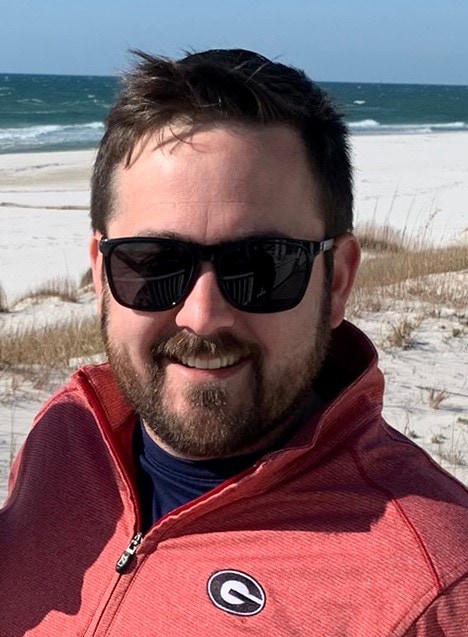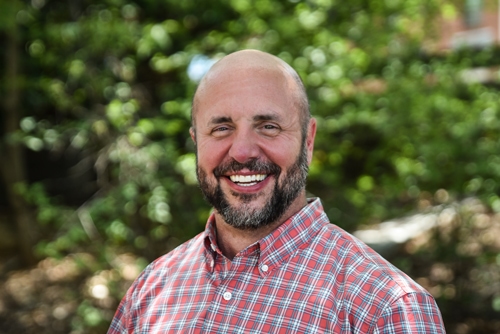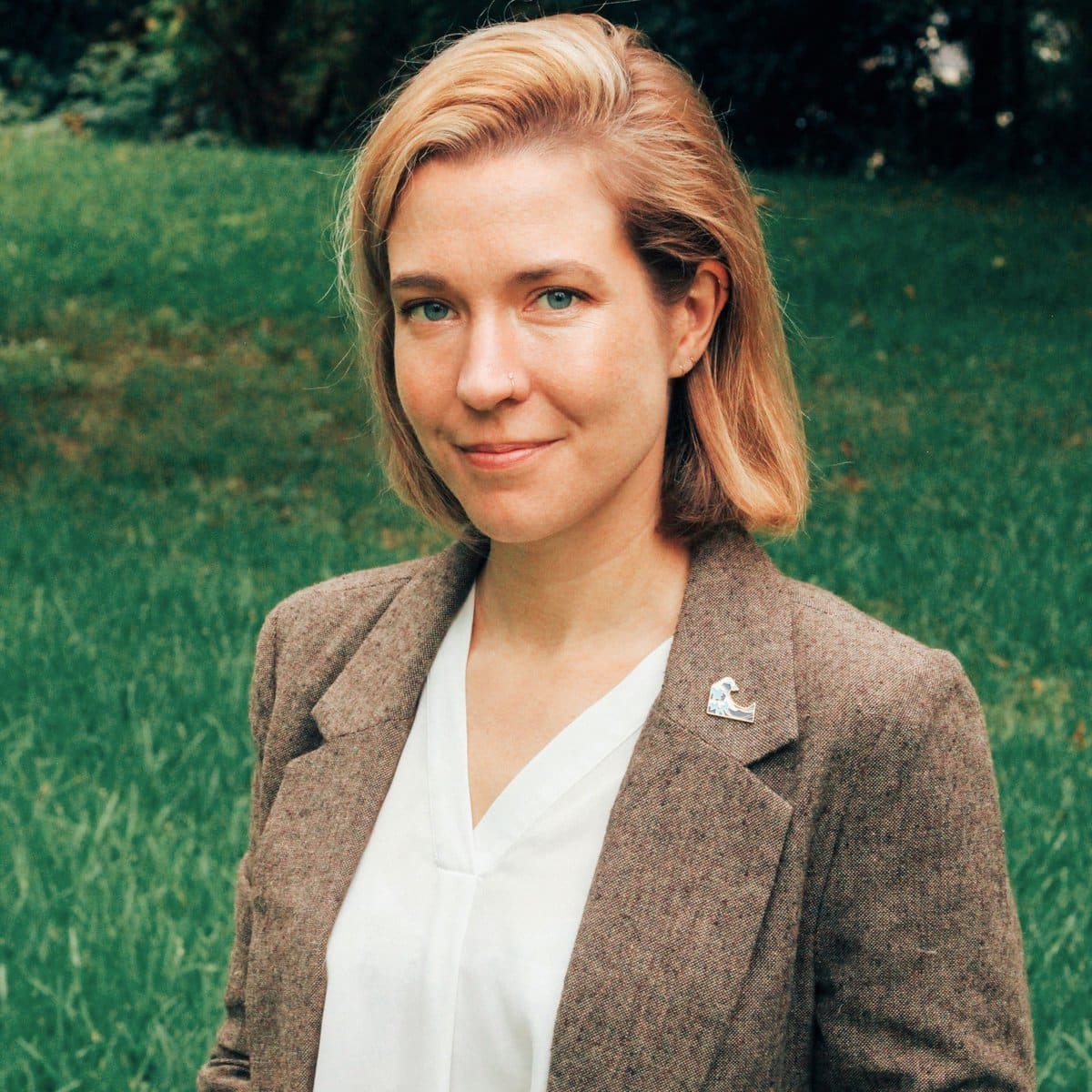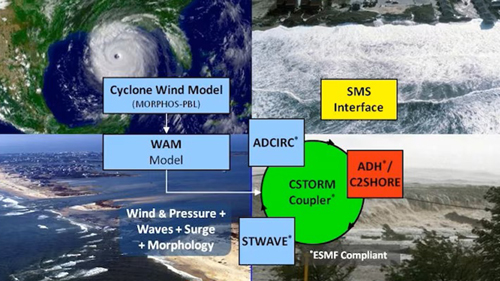Welcome to the first episode of Season 4! Our theme is “Up, Up, Up, with Nature-Based Solutions” and we have a fabulous line-up of guests who are going to join us and talk about the climate change imperative—and the opportunity to collaborate on developing and implementing landscape-scale projects.
Host Sarah Thorne and Jeff King, Deputy Lead of the Engineering With Nature Program at the US Army Corps of Engineers, are joined by two guests. Amanda Tritinger is the Assistant Program Manager for the EWN Program, and a Research Hydraulics Engineer at the Coastal and Hydraulics Laboratory in Vicksburg, Mississippi. Amanda is also a future cohost of the EWN Podcast. Matt Bilskie is Assistant Professor at the University of Georgia. Matt leads the Coastal Ocean Analysis and Simulation Team (COAST), a research team that develops computational hydrodynamic models to simulate astronomic tides, wind-waves, storm surge, and rainfall-runoff in coastal and oceanic environments. They are talking about how their work on innovative modeling will help project teams incorporate nature-based features into their coastal storm planning efforts.
Amanda and Matt met at the University of Central Florida and share a passion for applying math and science to make the world a better place by helping coastal communities thrive. As part of her education, Amanda used numerical models to predict erosion and accretion in marsh environments in a national estuarine research reserve. In the process, she fell in love with the coast, which led to her PhD and ultimately her work with USACE. Matt, a native Floridian, witnessed the devastation caused by the very active hurricane seasons of 2004 and 2005 early in his college days. This experience, along with his interest in computers and coding, led to his study of coastal storm surge and flooding.
Today, Amanda and Matt are actively involved in the Network for Engineering With Nature (N-EWN), a collaborative effort between USACE and the University of Georgia’s Institute for Resilient Infrastructure Systems (IRIS). They’re excited about their work together using the Coastal Storm Modeling System, or CSTORM.
CSTORM is a very robust tool developed by Dr. Chris Massey at USACE’s Engineering Research and Development Center that, in real time, couples storm surge and wave modeling. CSTORM can model different scenarios for storm timing, whether a storm hits at high or low tide; how strong the winds are; how fast the storm is moving; and different sea-level-rise conditions. As Amanda says, “Using CSTORM, we’re able to look at historical storms, and synthetic storms. We can look at a thousand different storm scenarios before those storms are seen and predict what would happen during those given events, and we can look at role of natural infrastructure on our coastline. We’re able to share those storms with our partners at University of Georgia and have them run them through their different setups and do scaling that Matt has been working on.”
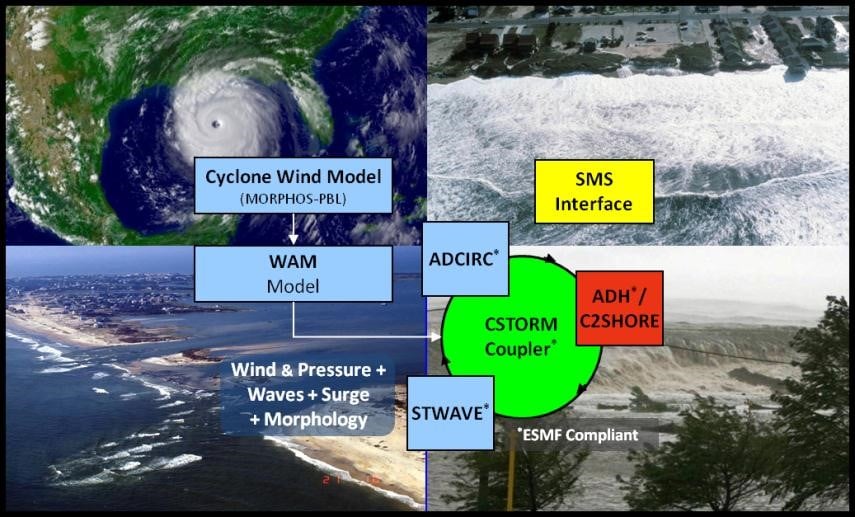
Matt’s focus is scaling up this modeling to evaluate natural infrastructure features in both inland and coastal areas. He’s using CSTORM to run various scenarios: “We’re thinking about flood-plain reconnection, removing or moving levees back from the immediate vicinity of the riverbank. We’re talking about utilizing what exists and what nature does so well and its adaptation through wetlands, salt marshes, mangroves, oyster and coral reefs, barrier island systems, beach and dune systems, and many others. In a nutshell, when we’re thinking about these natural features, we’re really wanting to work with nature rather than keep nature out like we’ve done in the past with concrete, and levy and sea wall structures. So, it’s a new paradigm in how we’re approaching coastal engineering—a more holistic view.”
He goes on to describe some of the initial work modeling the effects of the North Carolina Outer Banks barrier-islands system using various scenarios to assess the protective benefits of these barrier islands during extreme storms and hurricanes. “Based on what we’ve learned, we can help others better utilize these natural barriers in future planning.”
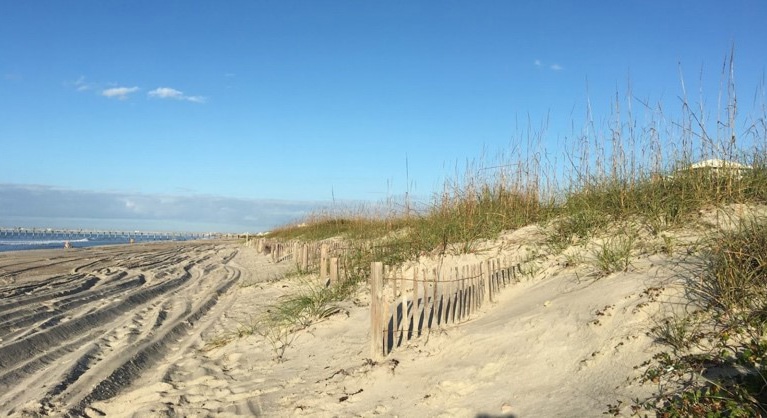

Jeff highlights the importance of modeling the role of nature-based solutions, such as barrier islands: “This type of research illustrating the importance of the Outer Banks can be extrapolated to illustrate the importance of other island features too, and where it could be opportunistic to be able to create more islands in vulnerable areas along our coast. Those created islands, perhaps through beneficial use of dredged sediment, create more resilience. Matt’s work is helping us understand that island systems can be valuable in other areas as well.”
The CSTORM EWN Toolkit will help project teams use the data generated by the model to inform their planning for restorating and creating natural features. Amanda is enthusiastic about the potential use: “We’ll have 63 million nodes that include the entire North and South Atlantic coasts. We run all these different storms through them and get all this amazing data. Then we host that data on the Coastal Hazards website so that anybody in this country, anybody in the world, can go get that data and readily figure out how best to incorporate natural features into their projects—and the benefits of doing so.”
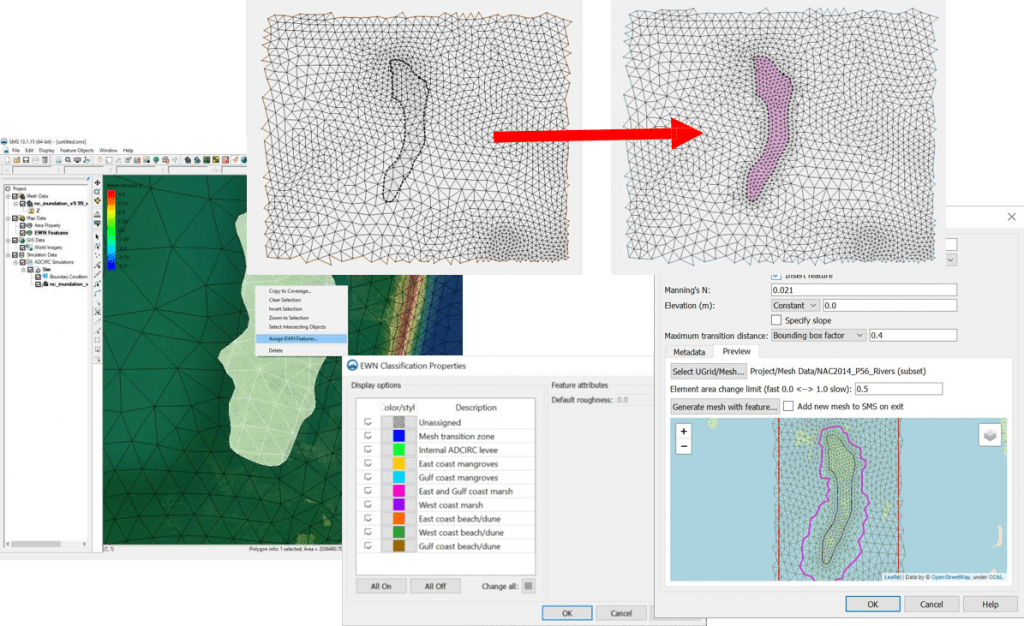
The CSTORM Toolkit will provide practitioners with a faster way to assess a broader range of natural features, which ultimately will lead to more EWN innovation. Using CSTORM to conduct landscape-scale modeling for flood risk management, Matt explains, “allows us to modify the landscape then look at the hydrodynamic response from a flood, in terms of water levels, currents, waves, and so on. If we’re talking about protecting communities from floods, we need to scale up to maybe miles, or tens of miles, to assess our nature-based solutions and implementation with these communities. It’s very important that we study this, generate the science, and provide design guidelines to the water community so nature-based solutions can be implemented in the real world.”
As Jeff notes, this modeling not only informs the design of natural features but also helps practitioners understand how these features will last over time and what efforts may be needed to maintain them through adaptive management. “With the tools that are being developed now, practitioners, in time, would be able to see—based on the different influences in the system – how an island feature, for example, may start to erode through natural processes. By understanding of the life expectancy of these features, we can then determine the optimal time to replenish or renourish those systems to ensure that we are getting the desired outcomes – the resilience and the engineering outcomes or maintaining the ecosystem service function. I think that’s incredibly important work.”
What’s next? According to Amanda, her future will be focused on developing innovative, holistic systems-based solutions to coastal challenges, incorporating her passion for math and models. For Matt, “We’re at a critical time in our country’s history, and really the world, in how we are adapting to nature and how we are learning from past errors. We’re at a turning point where we’re able to really merge these issues that are compounding on us with climate change and engage coastal communities. One of my passions is to integrate our work with coastal communities and really understand where they’re coming from, their cultural practices, their viewpoints. What are their actual problems? And then to design our tools and our frameworks to help them design solutions that will protect their communities in the present and for the future.”




